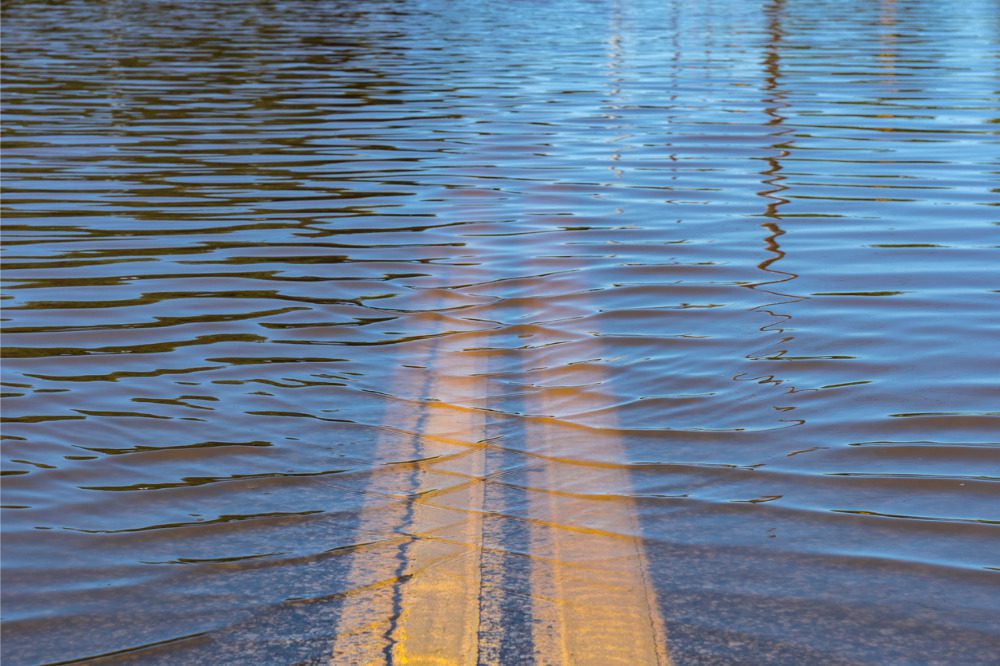Report – insured losses from floods doubled over last 10 years

Total flood losses between 2011 and 2021 were US$99 billion, the report said. However, only 18% of global economic losses from flood events during the period were insured. While floods were previously considered uninsurable, better-quality data, sophisticated risk mapping and more advanced modelling have enabled more accurate pricing for flood risk, which in turn has created opportunities for the private sector in flood insurance.
“The recent events in Kentucky, Mississippi and Texas are a sad reminder of how devastating floods can be to our lives,” said Keith Wolfe, president of US P&C at Swiss Re. “Despite the private flood insurance market gaining traction over the last few years, too many people are still not covered for flooding, and the majority of those impacted by these events are uninsured, leaving them to pick up the pieces at their own expense.”
The report also found that climate change is driving more frequent and extreme weather events. Nearly 40% of the US population lives in coastal counties, and 10% lives in flood plains, with Arizona and North Dakota having the largest populations living in the combined flood plain, Swiss Re Institute said. While flooding is more likely to occur in areas with soil sealing caused by intense urbanisation and rising temperatures, the household flood insurance take-up rate is only 4%.
Most US residential flood coverage comes from the National Flood Insurance Program, and a large driver for take-up rates is the requirement that flood insurance is required for federally backed mortgages for households in flood plains.
With advances in modelling and flood-mitigation structures, private insurers’ appetite for flood risk has increased, with an annual 20.5% growth rate in direct flood premiums written since 2016, compared to a 1.8% growth in federal flood premiums, the report said.
“The incentive for the insurance industry to protect more households in the US is twofold,” Wolfe said. “First and most importantly, the insurance industry can play a significant role in helping communities get back on their feet following a disaster. In addition, this business can now be underwritten with greater confidence than ever before thanks to significantly improved modelling.”
The private market is still smaller and more commercially focused than the NFIP, with premiums at about US$2 billion last year compared to US$4.7 billion for the federal program, the report said. However, Swiss Re Institute said there was “huge potential” for the private market, with an estimate between US$37 billion and US$47 billion as the industry invests more in modelling and improved data quality.





